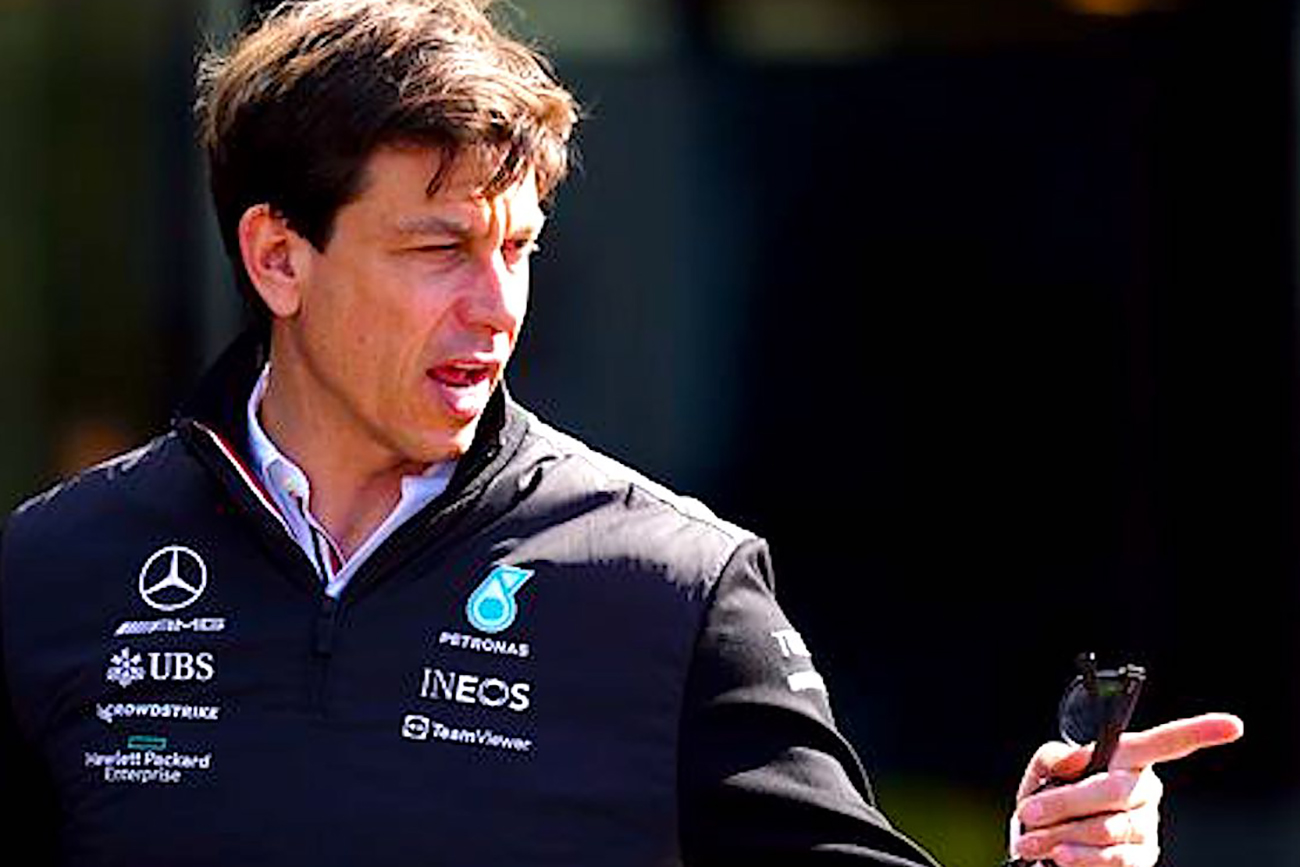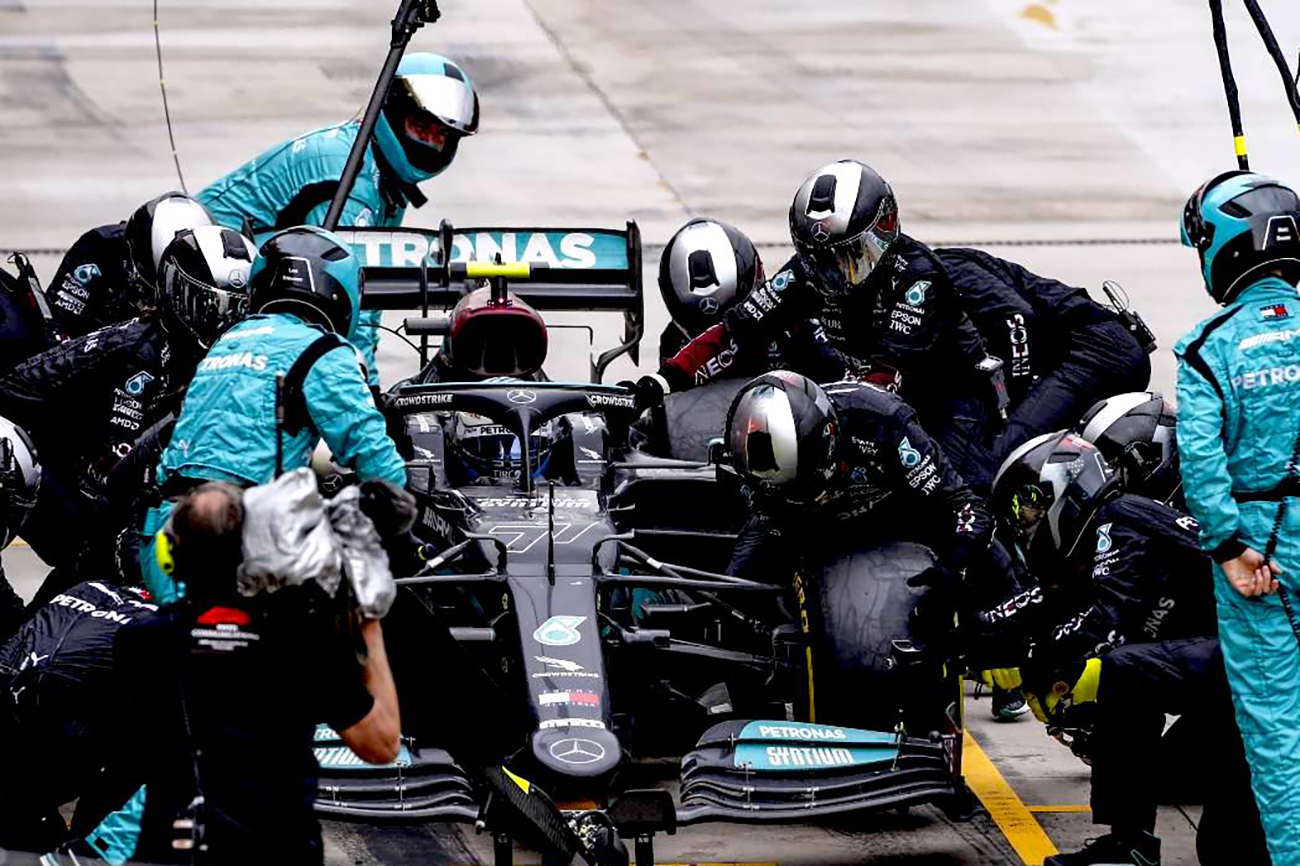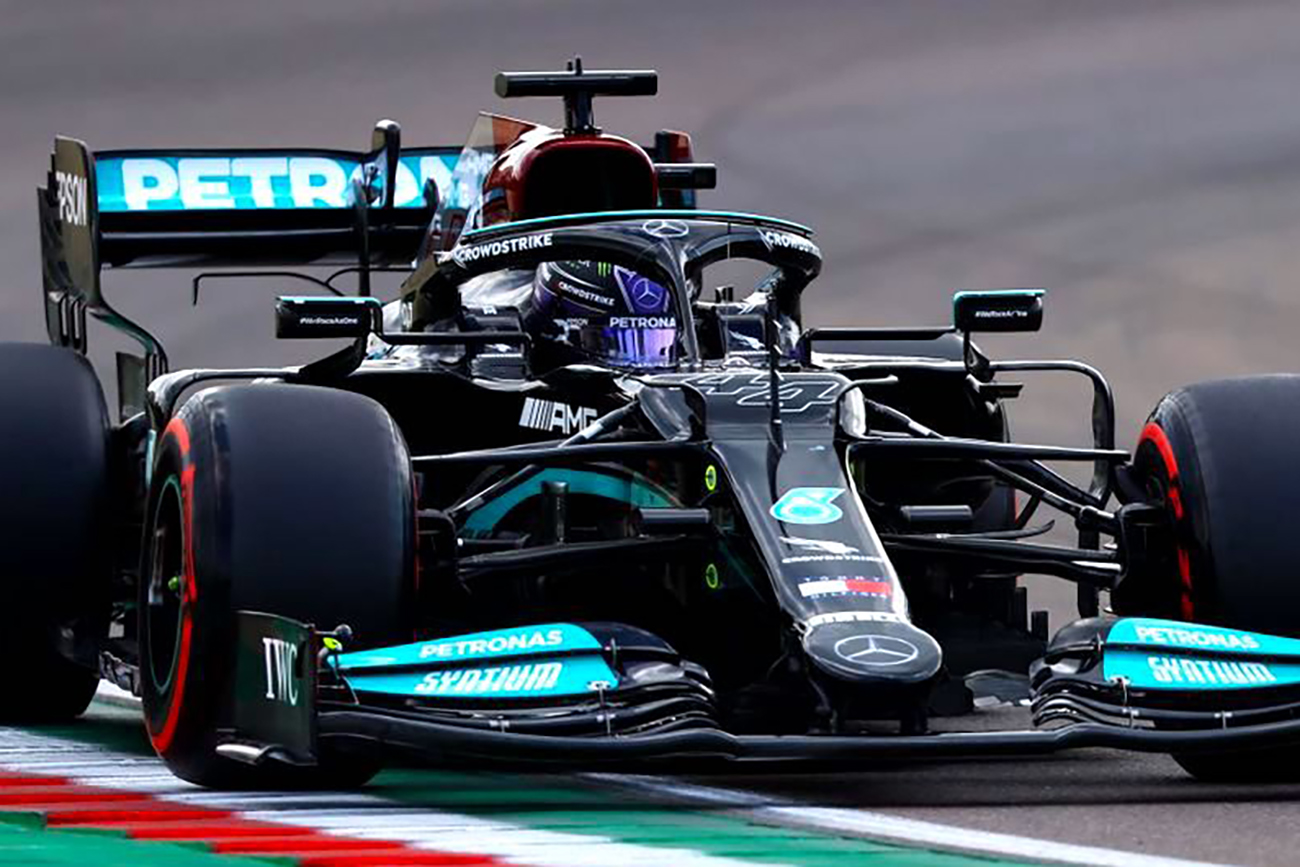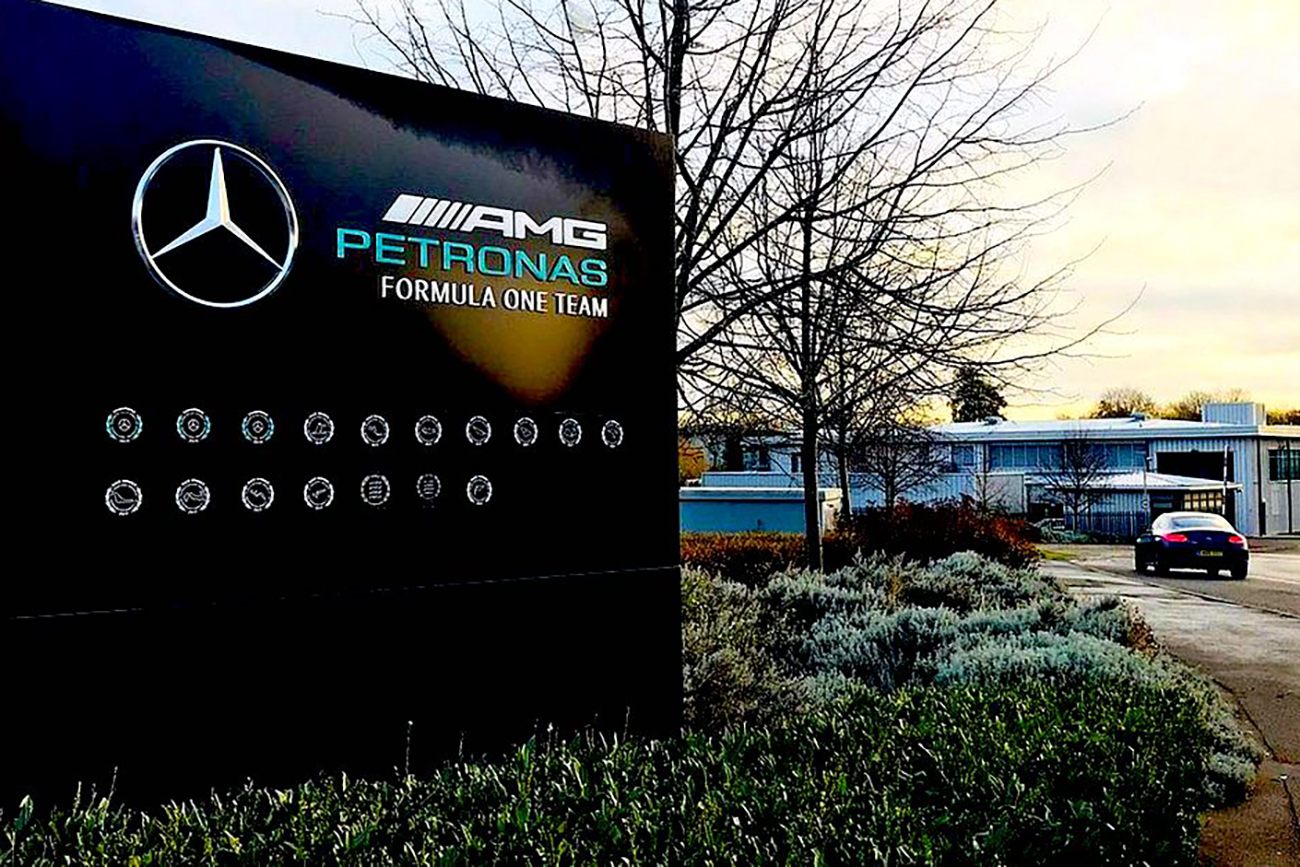Mercedes F1 Suffers the Cost Cap Blues

Cost Cap, Staff Reduced. But Mercedes F1 Made More Money in 2021
Formula 1’s Cost Cap has been all over the news of late, as the ruling body, the Federation Internationale d’Automobile stutters its audit out and dithers on how to deal with a couple of errant teams who dared break that dreaded glass ceiling. The fiasco lumbers on, and on.
That F1 cost cap is no joke, however. Mercedes-Benz Grand Prix Limited spent $291 million in 2020. Last year it spent $267M, despite the calendar growing from 17 to 22 races. The cap has had a significant impact on the Mercedes-Benz Grand Prix team headcount, which was 1063 in 2020, before the cap clipped the staff count back to 1004 souls.
“Restructuring for the cost cap has been such a painful exercise,” Mercedes F1 team boss Toto Woolf (above) explains. “We had to restructure and change our processes “Unfortunately, setting a spending limit on the largest part of the cost centres in the team also made people redundant. “It is particularly painful to hear teams discussing that.”

Biggest Cost Cut Casualties Were in Engineering
The biggest casualties came in in design and engineering, which haemorrhaged 75 people, from 906 to 831 last year. Administration, not affected by the cap, rose in staff over the same period. Ironically, many of them were hired to deal with extra cost cap monitoring duties.
“We have 30 people more in finance, eight more in legal, 50 more in marketing, communication, sponsorship,” Toto Woolf points out. “All of that, to administer the cost cap.”
Mercedes F1 was however far more profitable in 2012. The team spent $24m less to do considerably more, as it adapted to this new era of cost cutting. Profits increased from $12m in 2020 to $61m in 2021 as turnover off sponsorship and F1 prize money increased as income went from $319 to $344 million.

Cost Cutting Means More Profit
So profitable was the team last year, that parent Mercedes-Benz AG did not have to contribute. Mercedes however still finances to its High Performance Powerplants shop, from which the F1 team buys its power units. “The cost cap has changed our business model from lightly profitable, into one with a 25% earnings before interest and tax.” Woolf explained.
“If you’ve been successful on track, the TV money, sponsorship is basically goes directly into your margins. “That has happened in the US sporting franchises. “The bottom line pays for itself because we can’t spend more, so we grow costs in support areas.
“The advantage is that, like the US, we’ve set the spending limit, but we’ve excluded support areas. “So, support areas still needed to grow vastly in order to support the organisation with the cost cap.”

Cost Cut Casualties Shifted to Other Projects
Like other top teams, Mercedes has shifted many former F1 people into non-F1 projects. “We have America’s Cup in our applied science department, and we have various other projects on performance engineering,” Woolf explained. “So, it’s really about records, whether that be on land, sea, air and space, that’s an area for us.”
The cost cap has also dramatically altered how the team operates. “Imagine the hiring process,” Woolf explains. “An engineer in the past would interview candidates. “Now
they need to link back with HR, and HR needs to link back with finance, and say we need another head that’s costing us £45,000 a year, can we afford it?
“As an organisation we were spending on engineering to achieve the best performance,” Woolff concluded. “Suddenly, we now need a structure that analyses from the moment of purchase throughout production, the logistics and then deployment on the car, and setting priorities of what you give to the car. “It is super painful and difficult.”
Images: Mercedes F1
